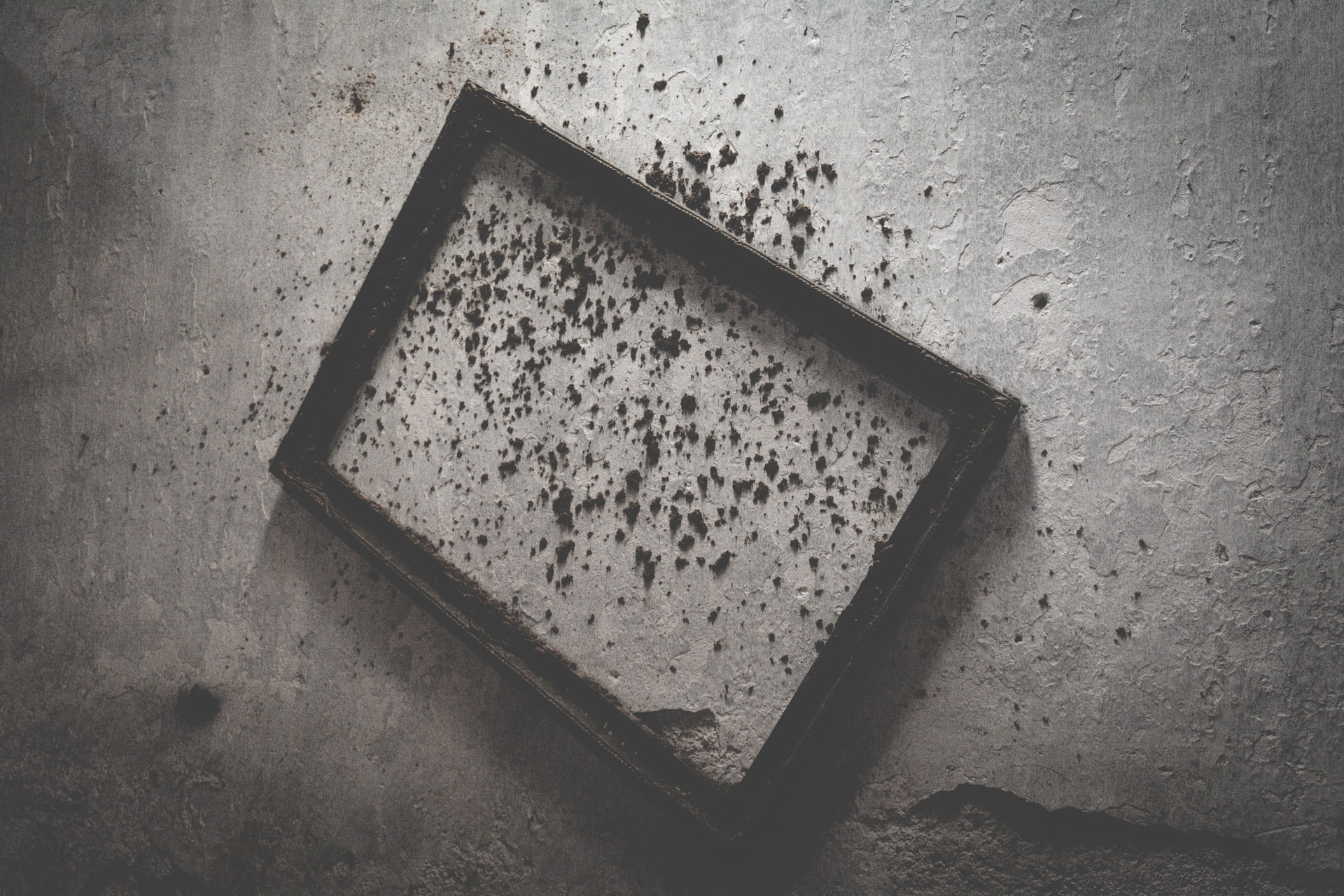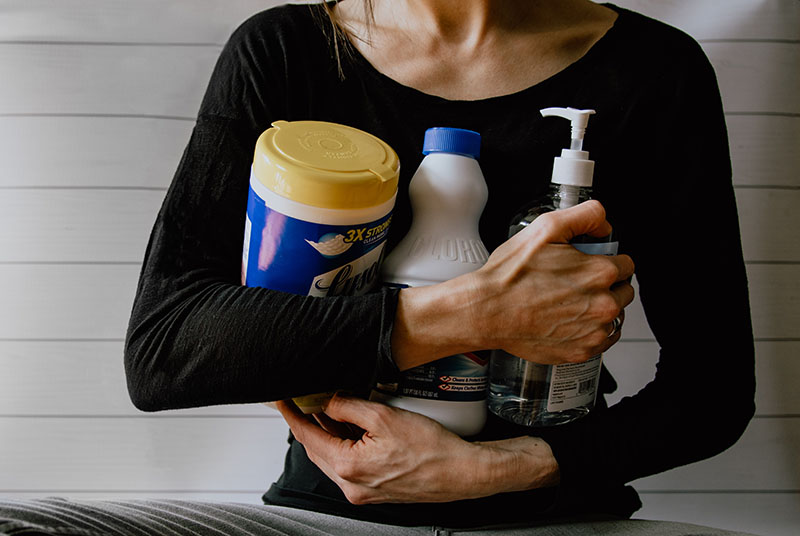
Got Mould In My Attic: What Do I Do?
By 911 Water Damage Experts
Finding mould in your attic can be pretty frustrating and confusing. Your home might seem warm, dry, and comfortable, so why on earth are spores multiplying like crazy, putting your family at risk? As it turns out, there are lots of reasons why mould can take up residence in your attic, but there are also plenty of prevention and eradication methods, as well. If you’re facing this very problem right now, the following information may be helpful.
What Causes Mould To Grow In Attics?
If you’ve paid a brief visit into your attic to stow away the Christmas tree and discovered mould, you might be wondering what it’s doing there. Typically, the most common reason for mould growth is moisture in a poorly ventilated area.
As you don’t spend much time in your ceiling cavity, it’s hard to know just how much moisture the area gets. However, you can get a fair idea by looking at exposed nails. If they have any surface rust, moisture has been present at some point.
So, what’s causing that moisture? Typically, it can come from poor venting from dryer fans, your kitchen, and the bathroom. You may be able to avoid further cases of mould growth and excess moisture by making sure venting is directed outside rather than into the attic space.
However, your ventilation systems aren’t always to blame. Sometimes, when an attic space and roof barrier is weak, moisture from ice damming or barrier failure can cause excess moisture to seep into your ceilings and walls. This can lead to mould growth.
What Mould Do You Find In Attics?
Surprisingly, there are over 100,000 different mould types, so you may not immediately know the variety you will likely find in your attic. Without knowing the type, you may also not know how serious its presence can be for your family’s health and wellbeing.
Typically, you can find white mould and black mould in your attic. Sometimes, blue-green, yellow, and pink moulds may also make an appearance.
The presence of black mould is generally a sound indicator that excessive moisture has been left to build up without enough ventilation. It can be linked to various allergic symptoms like skin irritation, respiratory tract symptoms, coughs, wheezing, eye irritation, and nasal congestion.
White mould is also common, but it can be challenging to spot if you also experience salt deposits from water seepage in your concrete or masonry. However, if you notice anything white on drywall or wood, it’s likely white mould.
This mould type can cause similar symptoms to black mould, and both should be removed for the health of yourself and your loved ones.
How To Prevent Mould Growth In Your Attic
If you would like to stop providing the perfect environment for mould to grow in your attic, then you will be pleased to know it’s possible. Essentially, prevention revolves around making sure you’re creating the driest possible environment in your attic, which is not very desirable for mould spores.
#1 Identify Roof Leaks
A roof leak may be why you have a mould problem. Look for any discolouration where materials meet to identify risk areas.
#2 Check Your Ventilation
Make sure all ventilation systems from kitchens, bathrooms, and dryer areas are set up to send moisture out of your home rather than into the attic space.
#3 Look For Any Raised Shingles
Sometimes, interior joists can be exposed to the elements when your shingles dry out, become brittle, and push the nails upwards. Even high winds can play a part in this process, leading to moisture being able to enter into your attic and encourage mould growth.
#4 Look For Gaps
If you don’t have any problems with your roofing materials or ventilation, yet mould growth is still a problem, look out for any gaps.
Sometimes, moisture can come through ductwork, insulation, plumbing parts, and even skylights and moisture barriers. Any small gap can be all it takes to start a mould problem you need to call mould removal experts in to fix.
Best Attic Mould Removal Methods
Prevention tips are only helpful if you don’t already have a mould problem. If you do, you likely want to know how to get rid of mould from your attic.
Fortunately, there are plenty of options to try.
Vinegar
White vinegar is a natural antimicrobial, which means it may help you remove mould from your attic with a small amount of elbow grease. Mix a spray bottle with half water and half vinegar, and spray it onto mouldy surfaces.
If you have stubborn mould, a higher percentage of vinegar may help clean it away and prevent future growth.
Tea Tree Oil
Tea tree oil, or melaleuca oil, mixed with water in a spray bottle may be effective for killing mould. However, you can also spray surfaces to prevent mould growth in the first place. Just add a few drops to a spray bottle and put it to work.
Sanding And Brushing
Surprisingly, a wire brush and power sander can be a winning combination for getting rid of mould in your attic. However, it may not be effective if mould has managed to penetrate through to underlying materials. If that’s the case, the next step we’re about to share with you may be a better option.
Request Attic Mould Removal Services
Sometimes, mould problems can be so severe that home remedies like tea tree oil, sanding, and vinegar aren’t enough. Once mould has penetrated into building materials, the best way to get rid of it is by replacing them.
If you’ve identified the source of moisture and are ready for an effective fix, calling in the mould remediation experts might be worth your time. They can identify the most problematic areas, offer explanations, and get to work restoring your home to its pre-mould level.
They can also be a sound source of advice if you’re unsure whether you have correctly identified how the mould started growing in the first place.
If you have any questions about attic mould removal and prevention feel free to call us at 1-833-WE-DRY-IT 24/7/365 any time all the time. We’re there when you need us!
Related Posts
What’s causing mould in your home? Here are the top reasons why
How to prevent mould growth after a flood
A pipe burst in my business building – what do I do?
What to do when a water pipe bursts in your apartment
Hire the right mould removal company by asking these vital questions
15 interesting facts about mould
What causes mould damage and what you can do about it
Top common signs of water damage: here’s what to look for




